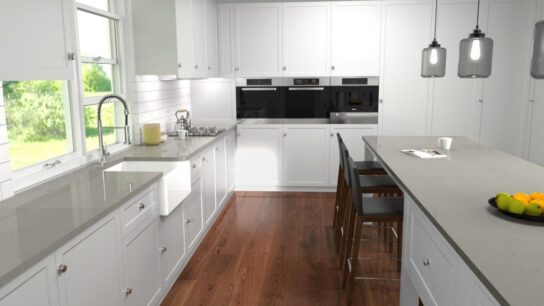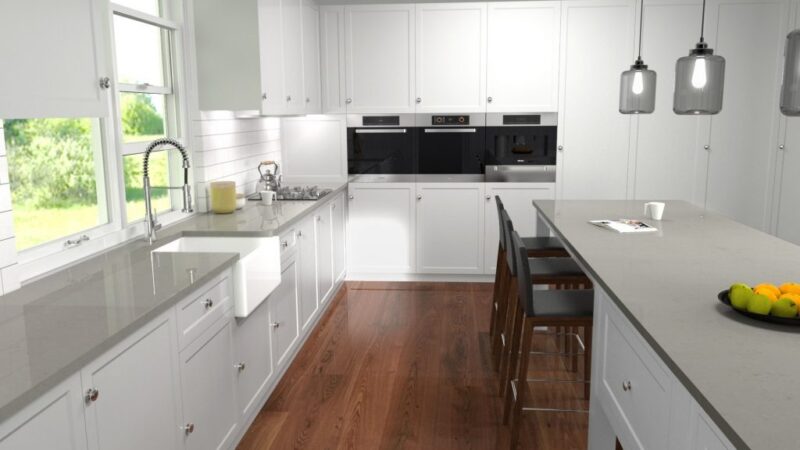Determining the correct skip bin size is crucial when planning a large cleanup or renovation project. Choosing an appropriately sized bin can prevent unnecessary costs and ensure that all waste is disposed of efficiently. We will explore various factors that can influence your decision, including the type of waste, the amount, and the project scope. With the right approach, you can select a 7 Skips – Skip Bins Sydney, skip bins sutherland shire that aligns with your needs, avoids overloading, and helps you manage waste effectively. Understanding these elements will make your cleanup process smoother and more organized.
Assess the Type of Waste
The first step in determining the size of the skip bin you need is to assess the waste you will dispose of. Different types of waste materials, such as general household waste, construction debris, or green waste, have varying densities and volumes. For instance, construction waste like bricks and concrete is denser and occupies less space than lighter materials such as cardboard or plastic. By evaluating the type of waste, you can better estimate the bin size required. Heavy, bulky items may need a larger skip bin to accommodate their weight and volume, ensuring that your bin is too small to handle the waste and too large, leading to unnecessary costs.
Estimate the Amount of Waste
Once you have identified the type of waste, the next step is to estimate the volume of waste you will generate. This can be done by calculating the total quantity of materials you need to dispose of. For instance, if you’re cleaning a garage or renovating a home, consider the volume of items like old furniture, appliances, or construction materials. A good practice is using volume estimators or guides from skip bin companies to match your waste quantity with the appropriate bin size. Accurate estimation helps choose a skip bin that is neither too small to fit all your waste nor excessively large, which could lead to higher costs and unnecessary space.
Consider the Project Scope
The scope of your project plays a significant role in determining the size of the skip bin required. Larger projects, such as major renovations or large-scale cleanouts, typically generate more waste than smaller, routine cleanups. For extensive projects, it’s advisable to opt for a larger bin to accommodate the increased volume of waste. Conversely, a smaller bin may suffice for smaller projects or single-room renovations. Assessing the scale of your project ensures that you select a bin size that aligns with the amount of waste generated, avoiding the inconvenience of having to arrange for additional bins or dealing with overflow issues.
Review Skip Bin Sizes
Skip bins come in various sizes, typically measured in cubic meters. It is important to familiarize yourself with the sizes available to best fit your needs. Common sizes include 2 cubic meters, 4 cubic meters, 6 cubic meters, and larger options such as 8 cubic meters or more. Reviewing the size options and their capacities can help you make an informed decision. Many skip bin providers offer detailed specifications and capacity charts that can aid in matching the bin size with the volume of waste you expect. Understanding these dimensions and their practical applications ensures you select a skip bin suitable for your project requirements.
Account for Waste Compaction
Another factor to consider when determining the skip bin size is the potential for waste compaction. Depending on the type of waste and how it is disposed of, waste can be compacted to maximize space. For instance, cardboard and paper can be flattened, and certain materials can be broken down to reduce their volume. If you expect to compact your waste effectively, you may be able to use a slightly smaller bin than initially estimated. However, be cautious not to overestimate your compaction capabilities, as this can lead to an insufficient bin size and potential issues with waste disposal.
Plan for Additional Waste
Planning for a bit more waste than initially anticipated is often wise. Projects can sometimes generate more waste than expected, and having a slightly larger skip bin can prevent the need for additional arrangements or multiple trips to dispose of the excess. By planning for extra capacity, you can ensure that your waste management is handled smoothly and avoid the inconvenience of running out of space. This approach provides a buffer that helps manage unexpected increases in waste volume and ensures that your skip bin can accommodate the entirety of your project’s waste.
Determining the appropriate size of skip bin for your needs involves carefully considering various factors such as the type and amount of waste, project scope, and the ability to compact waste. By assessing these elements and reviewing available skip bin sizes, you can make a well-informed decision that ensures efficient waste management. Planning for additional capacity and understanding the specific requirements of your project will help you select a skip bin that meets your needs without unnecessary costs or complications. With the right skip bin size, your cleanup or renovation project will proceed more smoothly, and waste disposal will be managed effectively.



